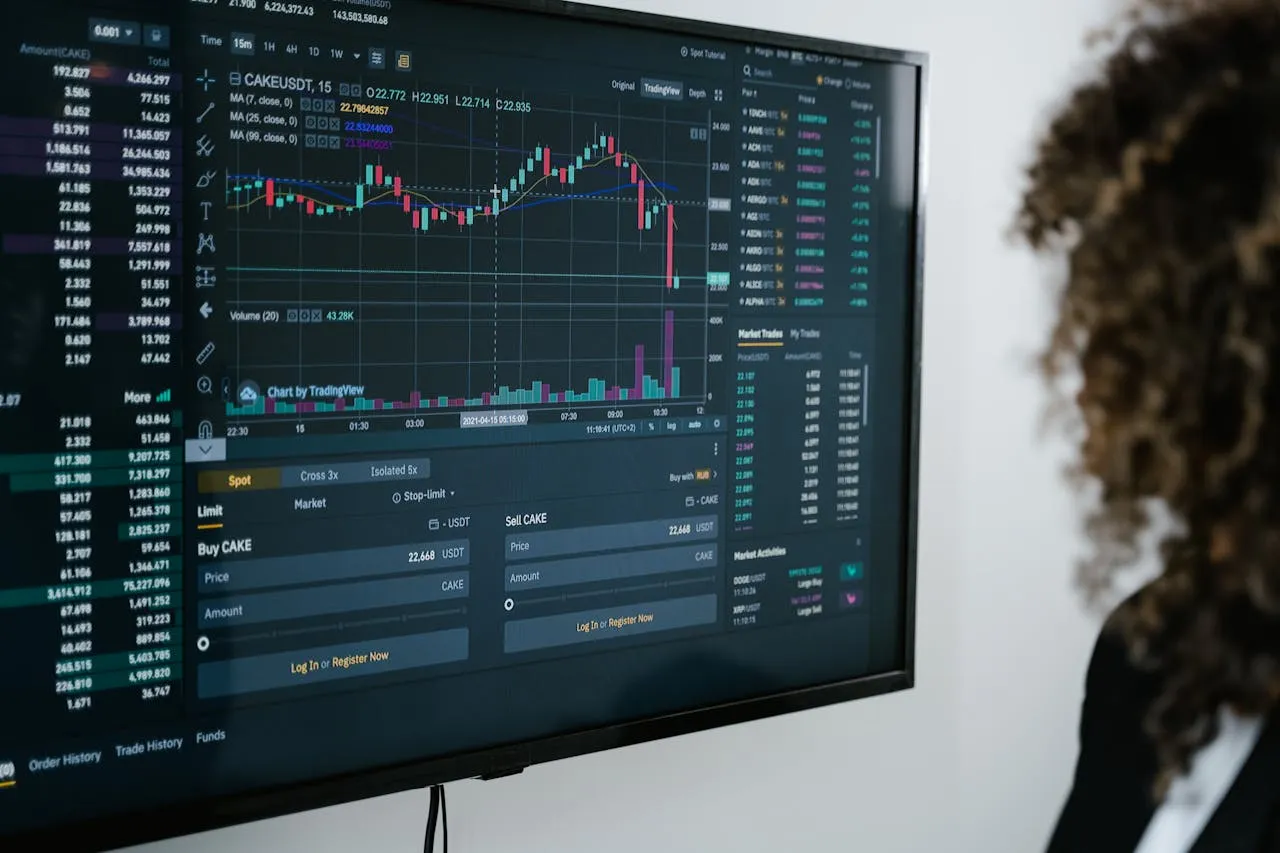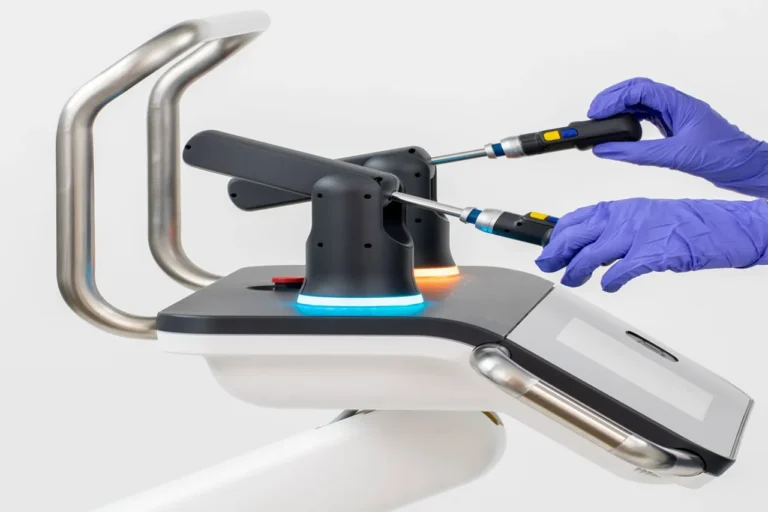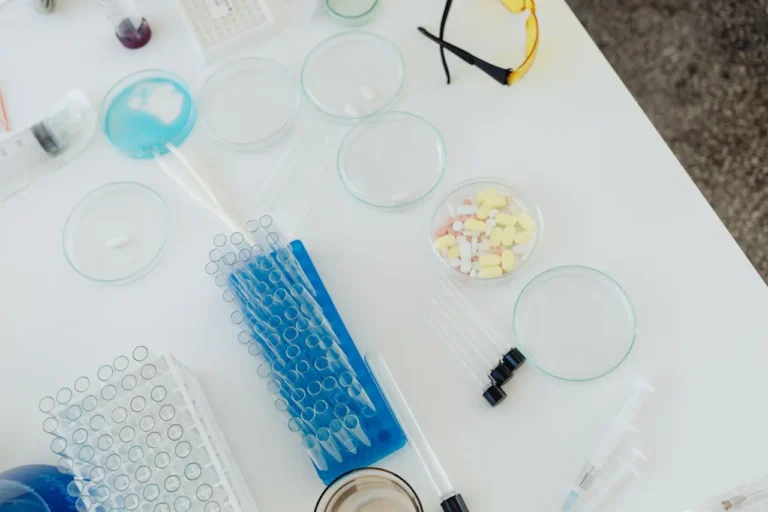
Global Biopesticides Market Outlook (2025–2031): Growth Trends, Innovations & Strategic Recommendations
The global biopesticides market demonstrated robust growth at a compound annual growth rate (CAGR) of 11.72% between 2021 and 2024, reaching a market value of USD 7.98 billion in 2024. This upward trajectory is projected to continue, with the market expected to expand to USD 19.67 billion by 2031. This comprehensive report examines historical data from 2021 to 2024, offers estimates for 2025, and provides a forecast through 2031.
Market Drivers and Growth Factors
The accelerating demand for eco-friendly and sustainable agricultural inputs is a key force propelling the biopesticides market. Growing awareness among farmers, consumers, and regulators about the negative impacts of conventional chemical pesticides has fostered a clear preference for biopesticides, which are derived from natural substances like bacteria, fungi, and plant extracts.
Consumers are increasingly concerned about the health risks associated with synthetic pesticides, including potential links to chronic illness, environmental toxicity, and harm to non-target species such as pollinators. As a result, organic farming practices are gaining global traction. These practices heavily rely on biopesticides as effective crop protection tools that meet organic certification standards.
Government policies are playing a pivotal role in this shift. Regulatory frameworks across many countries now include bans or restrictions on certain chemical pesticides, while simultaneously offering incentives and subsidies for the use of biological alternatives. This dual approach—restriction of harmful chemicals and promotion of sustainable alternatives—has significantly boosted the adoption of biopesticides.
Rise of Integrated Pest Management (IPM)
A major trend reshaping the biopesticides industry is the increasing adoption of Integrated Pest Management (IPM) strategies. IPM involves the use of multiple pest control methods—biological, chemical, mechanical, and cultural—to minimize crop damage while reducing chemical inputs. Biopesticides play a critical role within this framework, offering effective, targeted pest control that aligns with environmental and safety goals.
The IPM trend is gaining traction in high-output agricultural regions such as North America and Europe, where sustainability goals and environmental stewardship are a top priority. Farmers in these regions are incorporating biopesticides into their routine crop management plans to reduce pesticide resistance and preserve soil and ecosystem health.
Technological Innovations
Biotechnological advancements have dramatically enhanced the effectiveness and applicability of biopesticides. Innovations in genetic engineering, microbial fermentation, and synthetic biology have led to the creation of highly efficient and stable products that can target specific pests without harming beneficial organisms.
For example, genetically engineered microorganisms now enable precise control over pest populations while improving the shelf life, resistance to environmental stress, and scalability of biopesticide products. This has made them more commercially viable and attractive to large-scale farming operations.
Another critical innovation is the development of species-specific biopesticides that do not affect pollinators like bees or natural predators such as ladybugs. These products preserve biodiversity and ensure ecosystem balance, making them ideal for modern, sustainable farming systems.
Regional and Market Segment Insights
While North America and Europe lead the biopesticides market, Asia Pacific, the Middle East, and Africa are emerging as high-growth regions due to expanding agricultural sectors, growing population-driven food demand, and increasing support for sustainable practices.
This report provides detailed market analysis by:
- Type: Bioinsecticide, Biofungicide, Bionematicide, Others
- Crop Type: Fruits & Vegetables, Cereals & Grains, Oilseeds & Pulses, Others
- Mode of Application: Foliar Spray, Soil Treatment, Seed Treatment, Others
- Geography: Americas, Europe, Asia Pacific, Middle East & Africa
- Top 10 Countries: U.S., Canada, Brazil, France, Germany, Italy, Spain, China, Japan, India
Strategic Recommendations
Based on market dynamics and future trends, analysts recommend the following strategies:
- Leverage the shift toward IPM: Position biopesticide offerings as essential components of sustainable pest management programs, especially in regions with advanced regulatory frameworks.
- Expand into high-growth emerging markets: Target Asia Pacific, Africa, and Latin America, where agricultural transformation and organic farming are accelerating.
- Enhance R&D investments: Focus on developing high-specificity, shelf-stable biopesticides tailored to local pests and climatic conditions.
Competitive Landscape
Key players in the global biopesticides market include:
- UPL Ltd
- Corteva Inc
- Syngenta
- BASF
- Bayer
- Koppert Biological Systems
- Certis Biologicals
These companies are actively involved in mergers, acquisitions, product innovation, and strategic partnerships to maintain competitive advantages and expand their global footprint.







